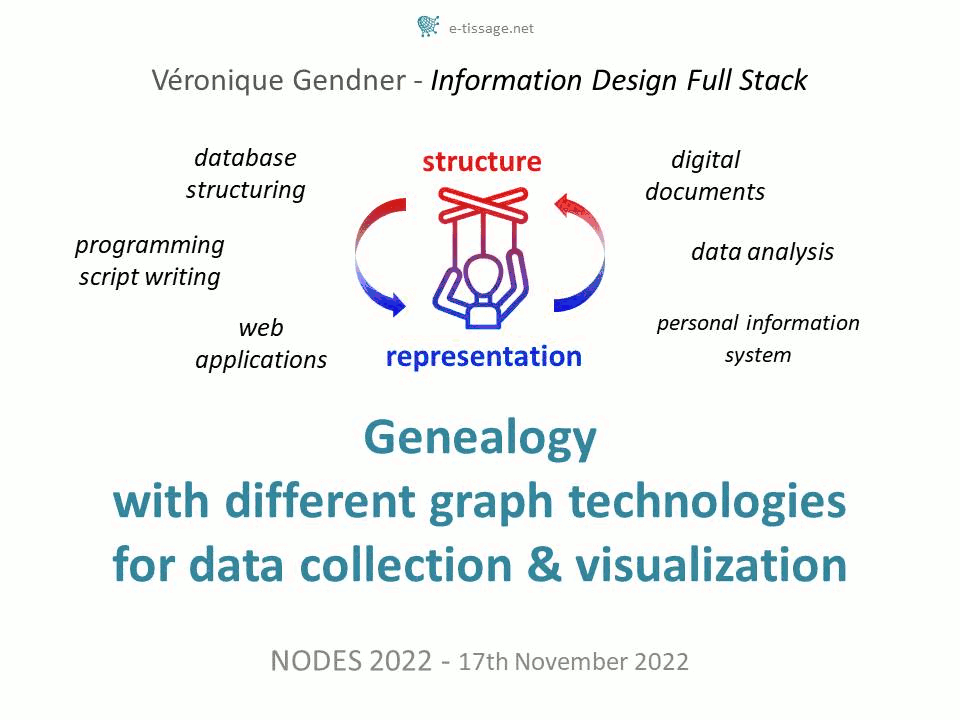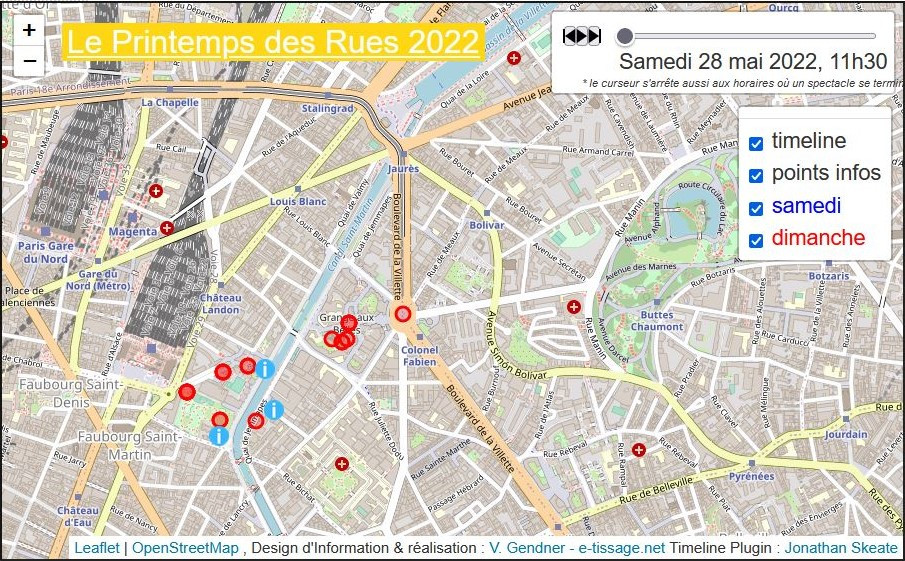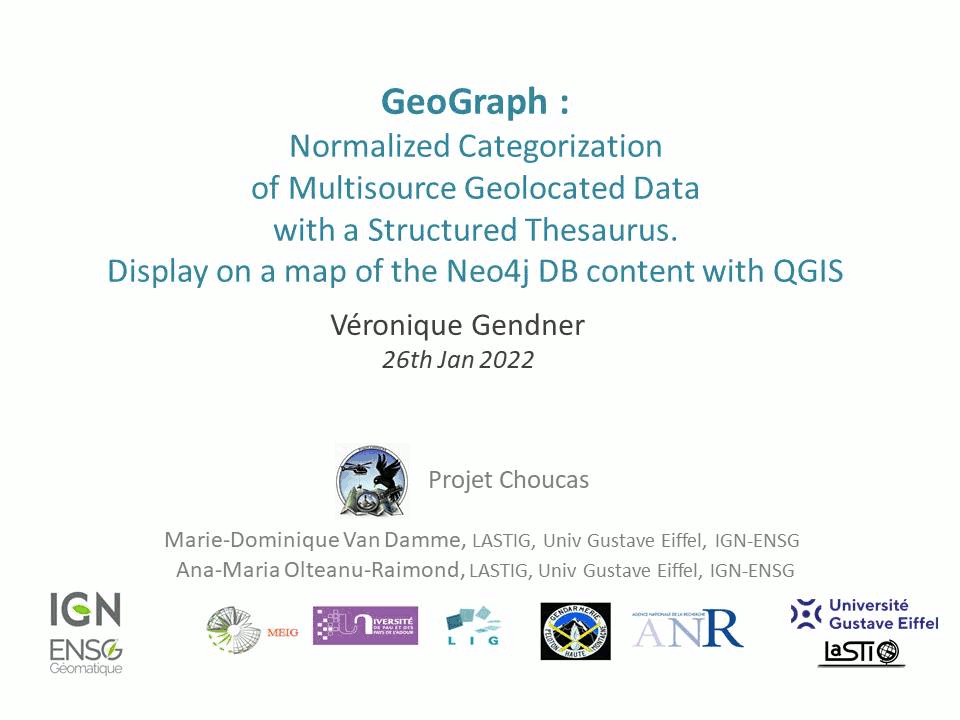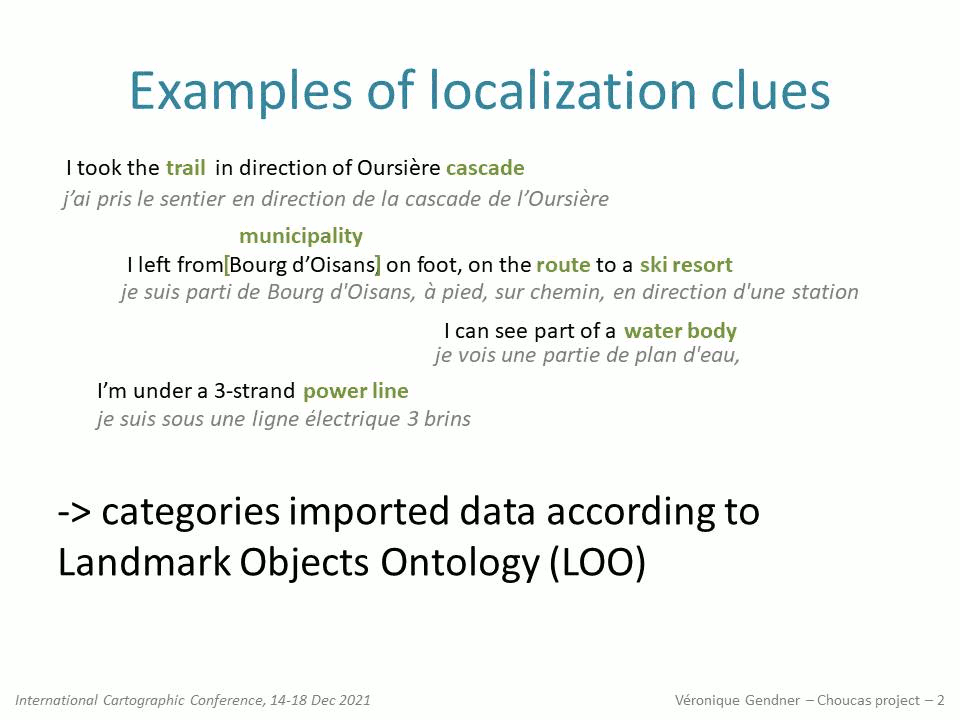Réalisations e-tissage
NODES 2022 : Genealogy with different graph technologies for data collection & visualization
Graphs are a very interesting structure to get the best of human thinking combined with automatic processing. Through a very intuitively graph based use case – genealogy – the following presentation at the Nodes 2022 conference takes genealogical researches as an example to illustrate possibilities that can be applied to many domain of research. It is demoing several graph issues and technologies, from data collection to visualization, including data transfer from one app to another:
- documentation collection, in a graph structure, with TheBrain Technologies application,
- Gramps visualizations based on a family tree specific layout algorithm
- Bloom for visual and interactive exploration of data structured in graph and
- yWorks to make precisely selected information of interest, stand out on a graph display
- as well as Neo4j graph database as a pivot technology, to make use of graph topology and graph pattern matching
Data collection and export/import process from TheBrain to Gramps via Neo4j are presented, graph models are discussed.

Quoi, où ? mais aussi quand ? une carte avec un curseur de temps (timeline)
Avoir la bonne clé d’accès à l’information est essentiel pour attraper les informations dont nous avons besoin. Les outils numériques ont l’énorme avantage de permettre des représentations avec plusieurs clés d’accès. La création d’une représentation numérique adaptée passe donc par l’identification des clés d’accès utiles. Voyons par exemple, le cas d’un festival qui présente des spectacles dans différents lieux.
 Lire la suite »
Lire la suite »GeoGraph : Normalized Categorization of Multisource Geolocated Data
How GeoGraph, a multisource database of geolocated objects has been build, and how objects categorization is normalized with the Landmarks Objects Ontology build for the Choucas project. We will look into how the graph structure can be used in this context and demo how results of database queries can be displayed on a map, with a QGIS script.

GeoGraph : Modelling and building a graph database of multi-source landmarks to help emergency mountain rescuers
The purpose of the Choucas research project is to come up with methods, tools and resources, to help mountain rescue team localise victims, when answering emergency calls. In this context, we have built a graph data base with the Neo4j Label Property Graph (LPG) technology, that integrates several sources of geolocated objects. Some data comes from the national mapping agency (IGN BDTOPO), others, like routes from crowdsourcing websites. Categorization of multi-source imported data has been normalized by an instantiation process based on the Landmarks Objects Ontology (OOR) that had previously been produced by the project team.
The flexibility of graph databases helps make the right modelling choices by progressively taking into account problems observed in the data as well as researchers and users feedback and new needs.
A more in depth presentation of this work, with a demo of a python script to display the content of the database on a map, with QGIS can be seen here.

Here is the presentation of this work done at the International Cartographic Conference, on 15th Dec. 2021 : Lire la suite »
 alerte email - nouveaux articles
alerte email - nouveaux articles fil RSS - nouveaux articles
fil RSS - nouveaux articles Véronique Gendner, e-tissage.net
Véronique Gendner, e-tissage.net